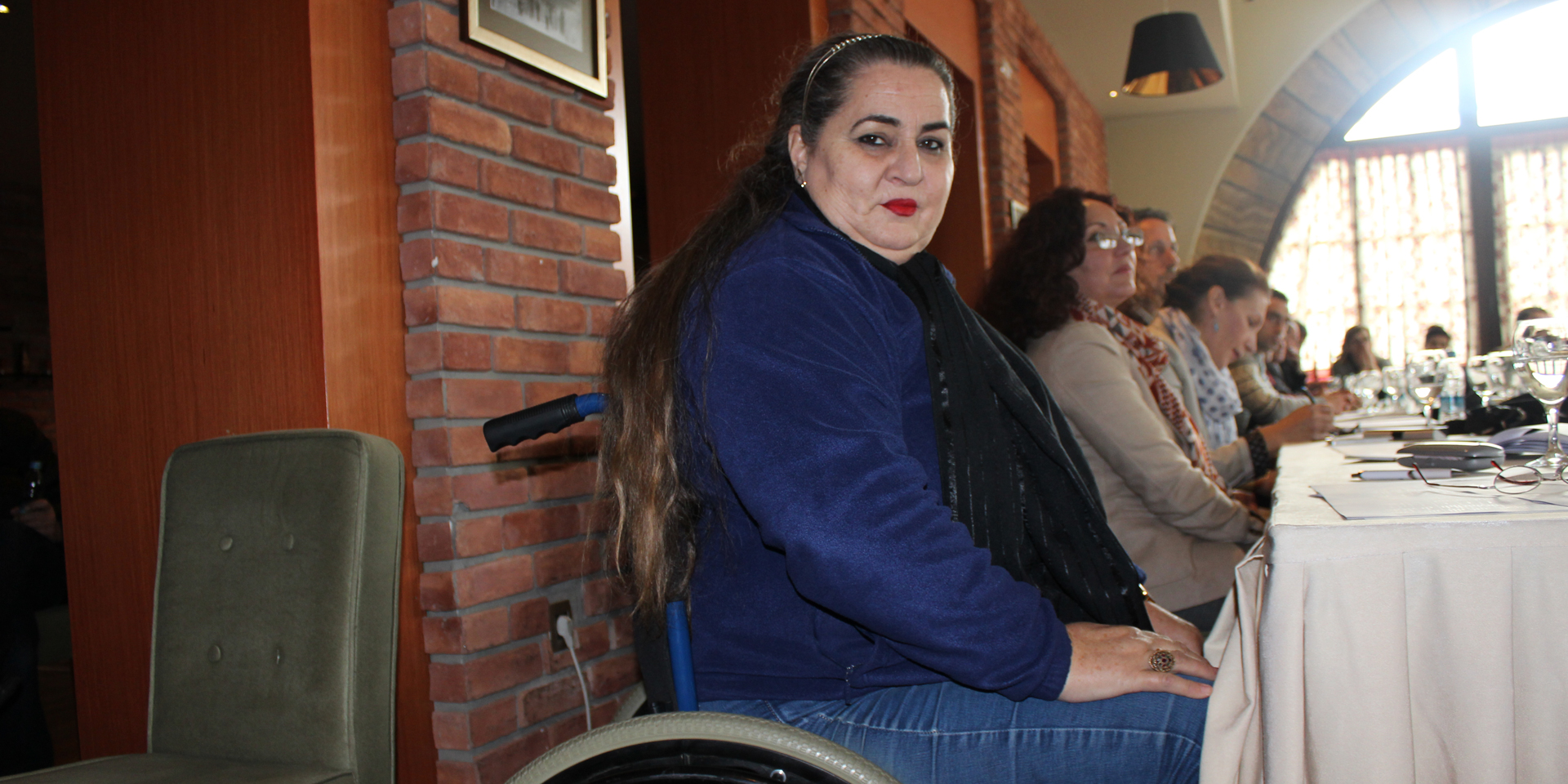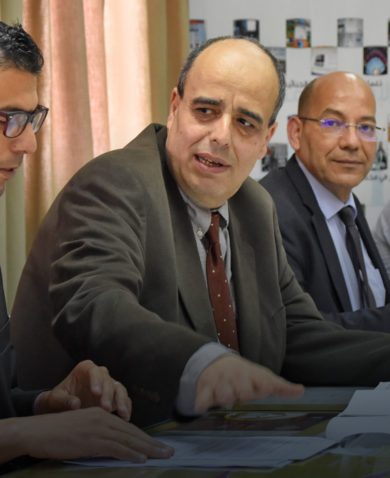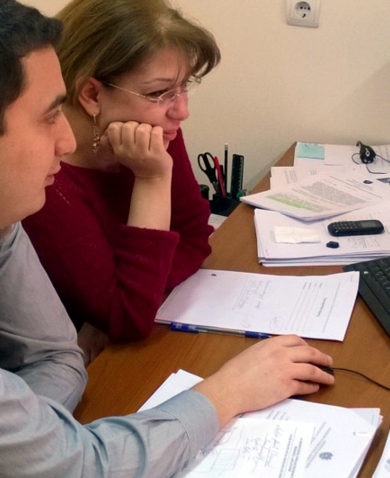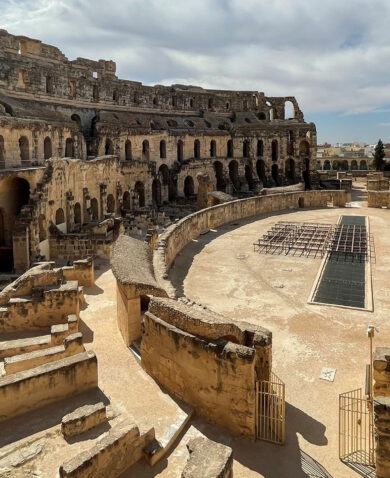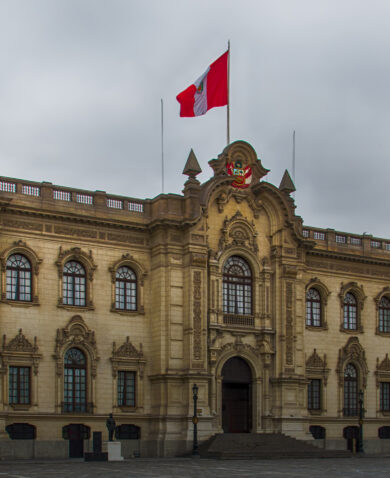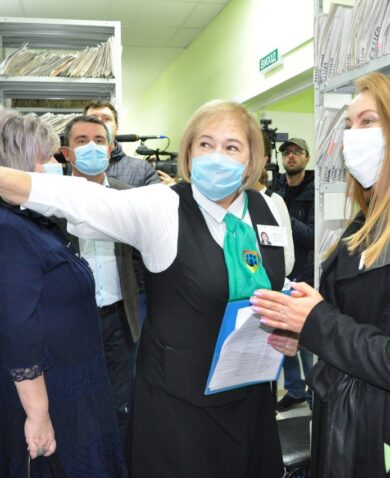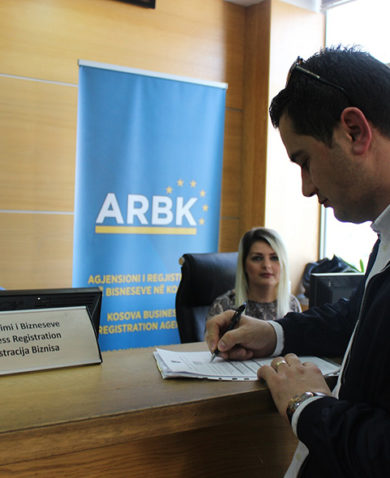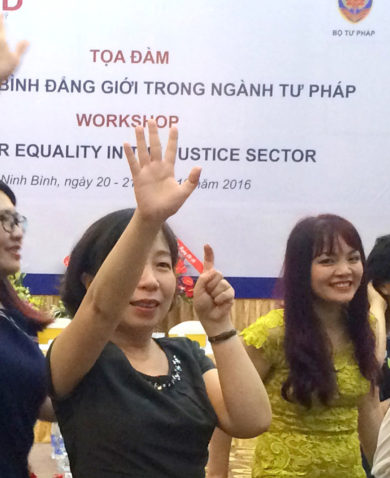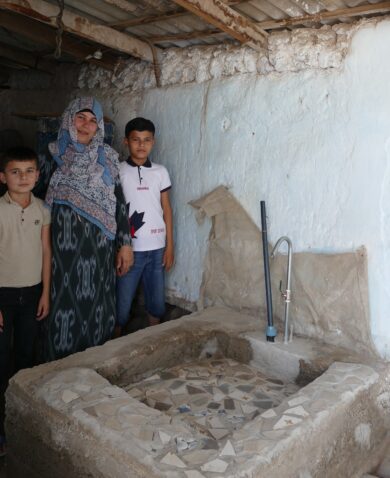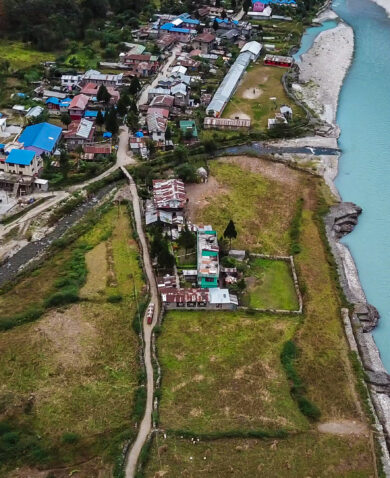And there are already concrete results: In 2014 and 2015, more than 920 citizens in five municipalities took part in 30 public meetings. Additionally, 1,300 people shared their opinions by participating in a door-to-door survey that asked respondents about their needs and views of the current use of spaces. Citizens provided input on topics like traffic, the livability of their neighborhoods, and the accessibility of public services.
It may seem like a small logistical step, but involving different groups in planning meetings has helped set a new tone for broader community participation, especially among youth. When the municipality of Malishevë/Mališevo in central Kosovo began drafting its Municipal Development Plan, it also created a public outreach campaign to involve youth in the draft discussions. More than 100 young people contributed to these meetings, expressing their desires for more open spaces; affordable public transportation; and facilities for cultural, sport, and youth centers. Not only were these young people able to contribute to the strategic plan for their communities, but they were also introduced to local government processes.
In Pejë/Peć, in western Kosovo, 75 citizens joined discussions at the municipality’s first information meeting about drafting the municipal zoning map. At later meetings, participants included minority groups, urban and rural representatives, and citizens with physical special needs who advocated for greater accessibility in town. Sabrije Zeqaj, a representative of this community, said, “It is very important for us to be part of this process since now it is in our hands to plan better access for our community.”
Citizens in these municipalities who attended spatial planning meetings for the first time expressed how pleased they were to talk about their desires and influence the municipality’s spatial plans.
“It was very important to express the need for new locations in order to improve medical service delivery,” said the director of the Vushtrri/Vučitrn Medical Center in northern Kosovo.
Because of the director’s request, which he made at a meeting to revise the Municipal Development Plan, the Department of Urbanism worked with the medical center to find possible locations for new centers serving the surrounding villages. This is just one example of the enormous impact that citizens’ feedback can have on improving municipal services, such as health care.

